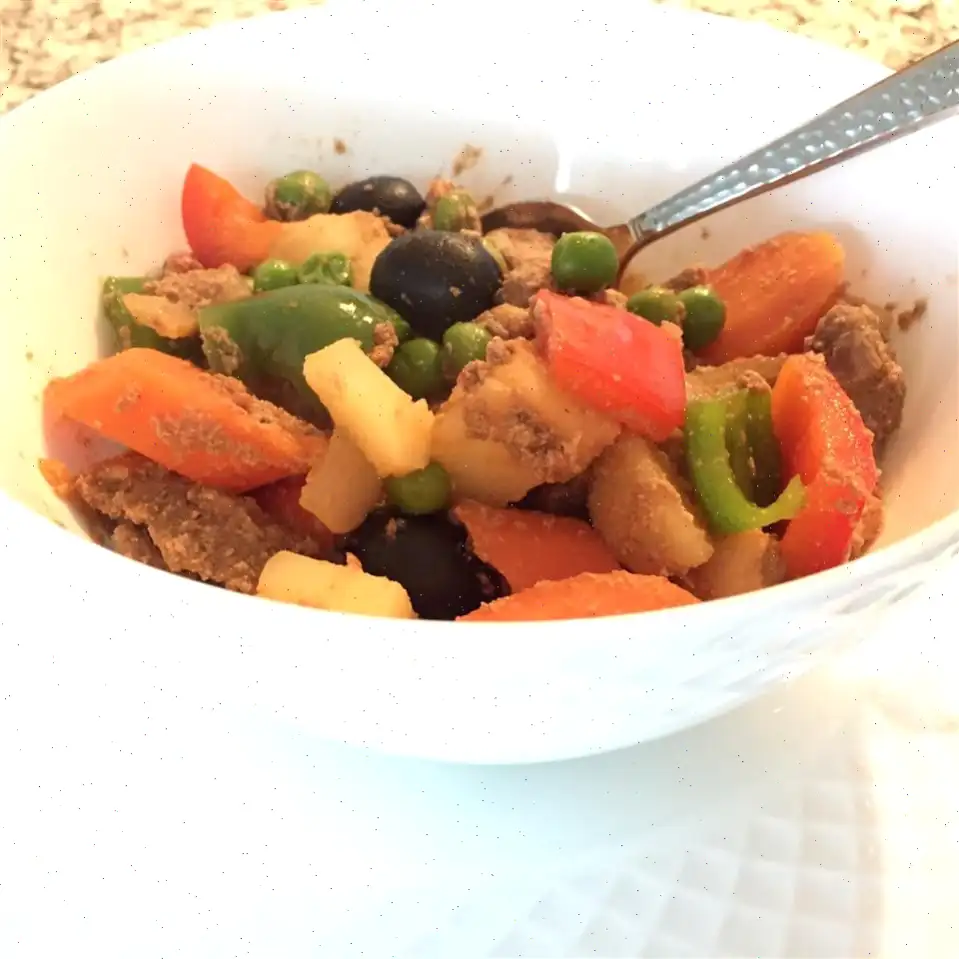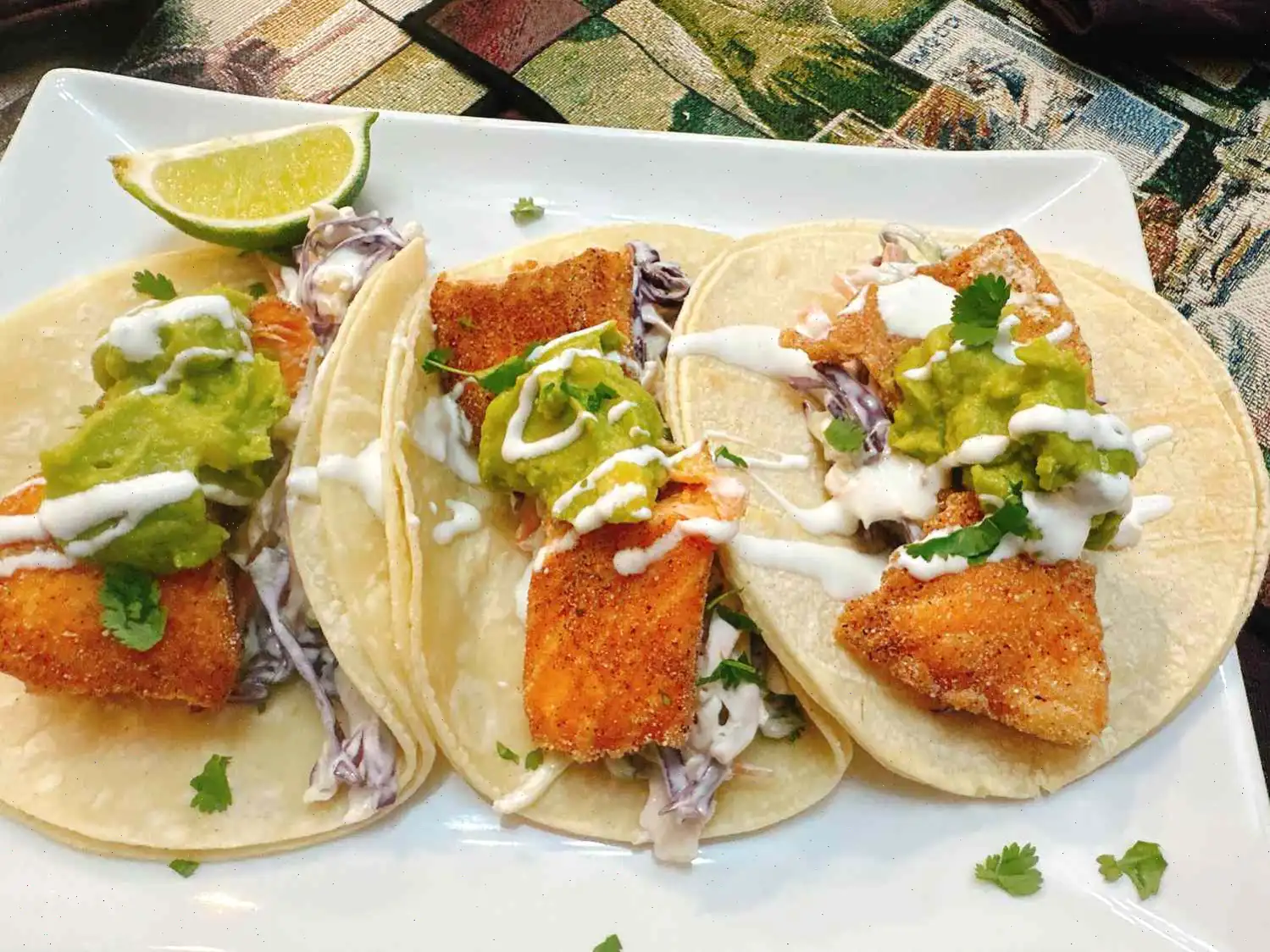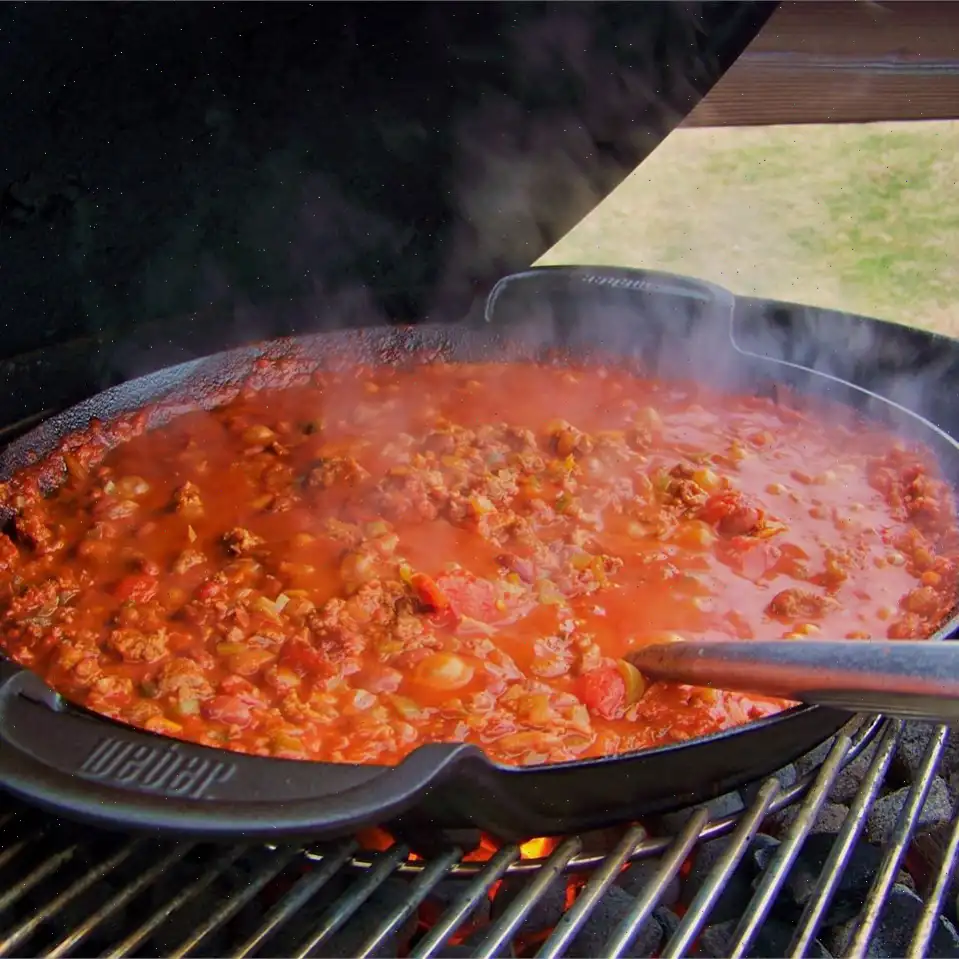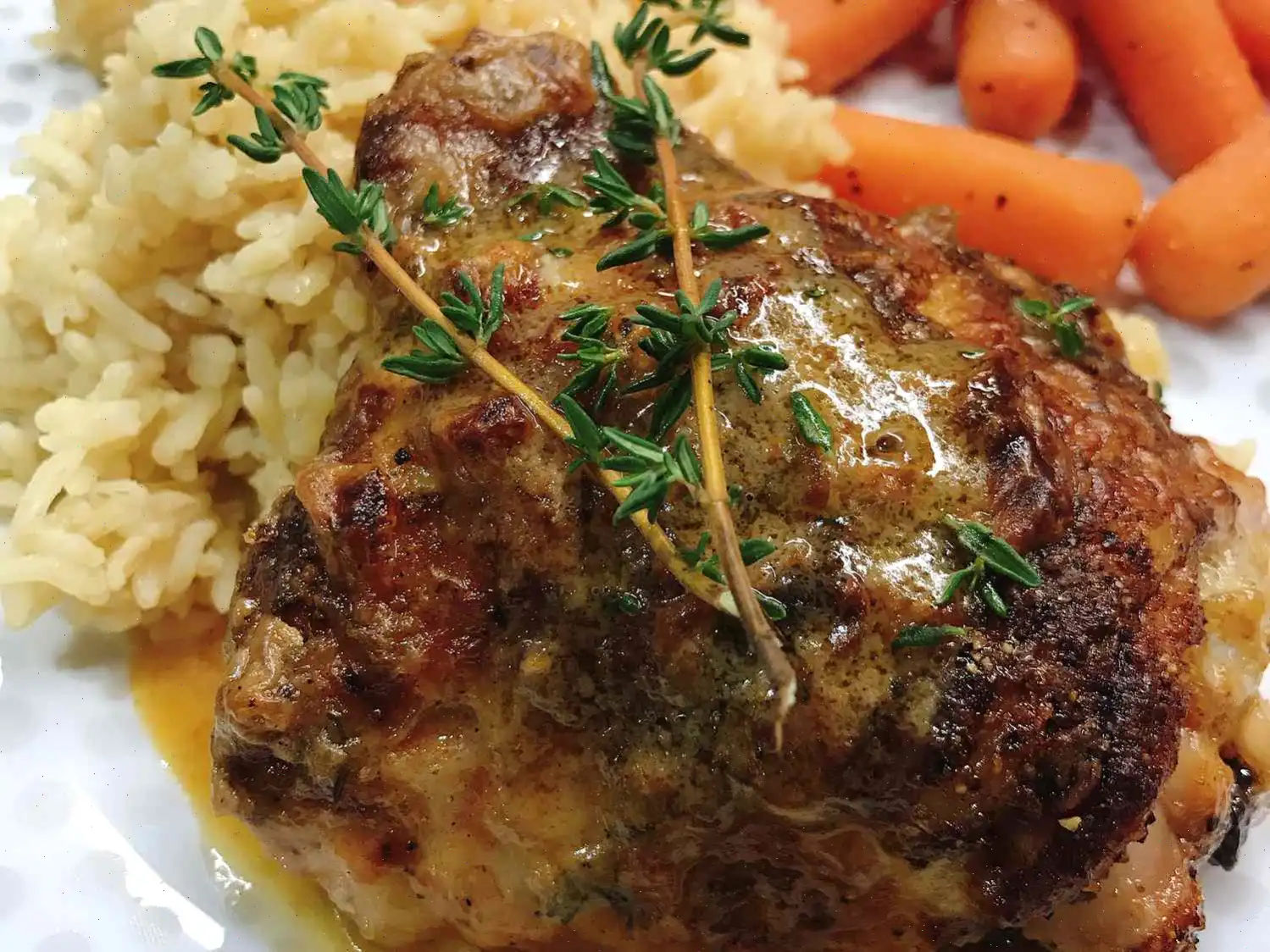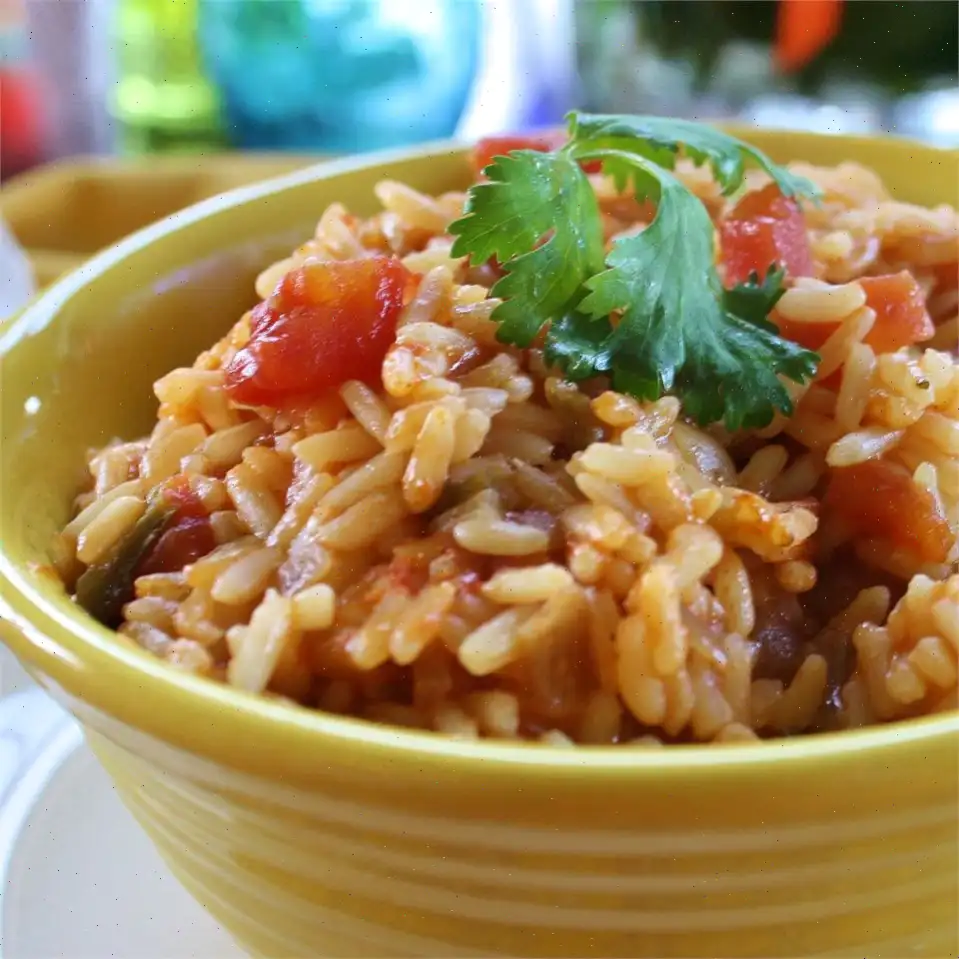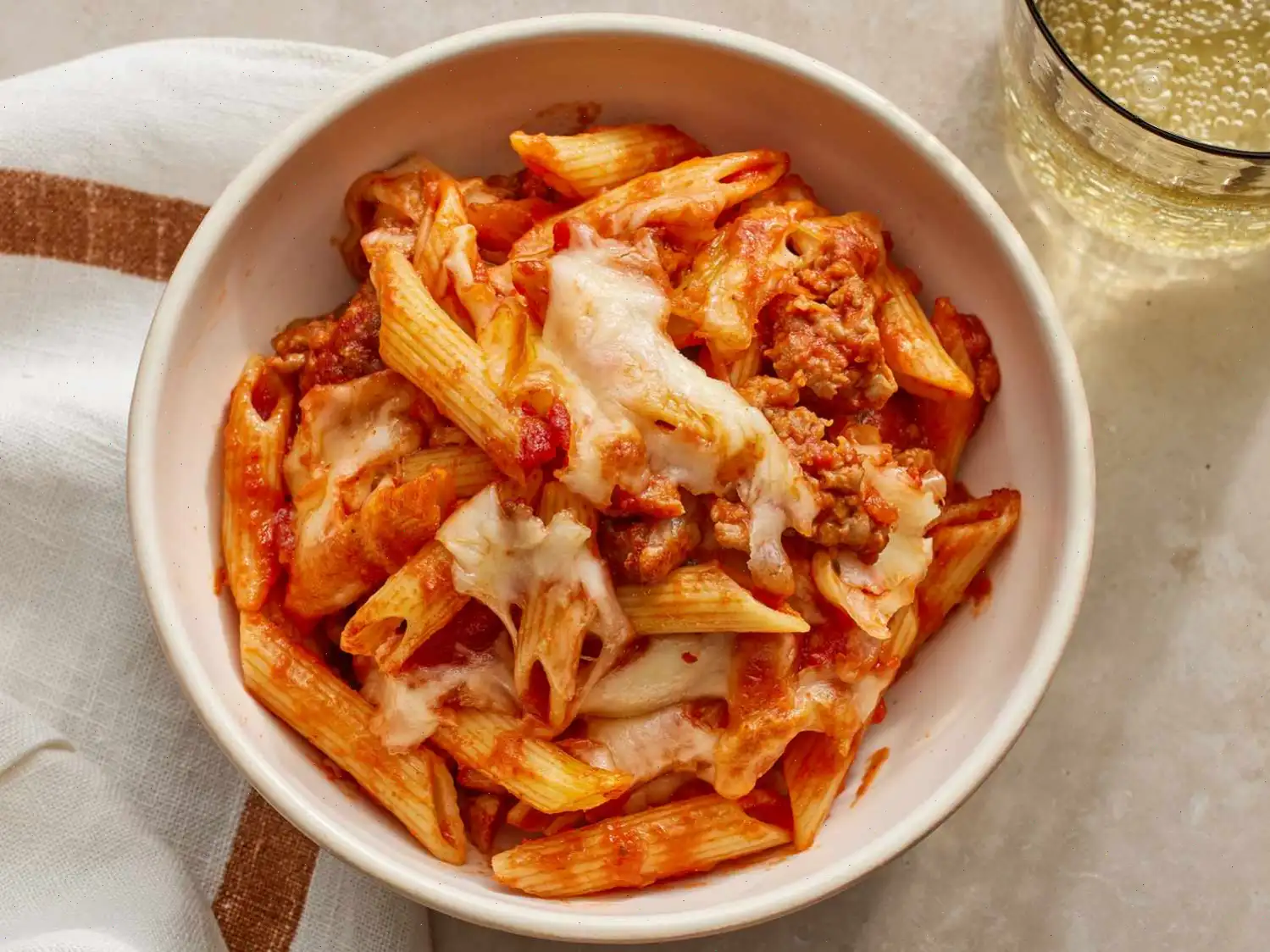
Caldereta (Filipino Beef Stew) Recipe
Ingredients
This recipe was developed at its original yield. Ingredient amounts are automatically adjusted, but cooking times and steps remain unchanged. Note that not all recipes scale perfectly.
Original recipe (1X) yields 6 servings
- 3 tablespoons vegetable oil
- 1 pounds cubed beef stew meat
- Salt and ground black pepper to taste
- 3 cloves garlic, crushed
- 3 cups water
- cup unsweetened pineapple juice
- 1 onion, chopped
- 1 (14 ounce) can tomato sauce
- cup tomato paste
- 2 red potatoes, diced
- 1 red bell pepper, sliced
- 1 large carrot, sliced diagonally
- pound miniature cocktail sausages
- 1 (8 ounce) can pineapple chunks, undrained
- 1 (6 ounce) can medium pitted ripe olives, drained
- 3 large bay leaves
- 1 tablespoon hot pepper sauce (such as Tabasco) (Optional)
Directions
Step 1: Heat the vegetable oil in a large pot over medium heat. Season the beef with salt and black pepper, then brown it in the hot oil with the crushed garlic. This should take about 10 minutes.
Step 2: Add the water, pineapple juice, chopped onion, tomato sauce, and tomato paste to the pot. Bring to a boil, then reduce the heat to low and let it simmer until the beef is nearly tender, which should take around 35 to 45 minutes.
Step 3: Stir in the diced potatoes, sliced red bell pepper, sliced carrot, cocktail sausages, pineapple chunks with their juice, olives, and bay leaves. Bring the mixture back to a boil and then reduce to a simmer. Let it cook until the potatoes are tender, which will take about 20 more minutes.
Step 4: Season the stew with hot pepper sauce (if using), additional salt, and black pepper to taste. Stir well and serve hot.
Nutrition Facts
Per Serving
- Calories: 518
- Total Fat: 36g (46% DV)
- Saturated Fat: 12g (60% DV)
- Cholesterol: 86mg (29% DV)
- Sodium: 1168mg (51% DV)
- Total Carbohydrate: 25g (9% DV)
- Dietary Fiber: 4g (15% DV)
- Total Sugars: 15g
- Protein: 26g (52% DV)
- Vitamin C: 45mg (50% DV)
- Calcium: 80mg (6% DV)
- Iron: 5mg (28% DV)
- Potassium: 897mg (19% DV)
* Percent Daily Values are based on a 2,000 calorie diet. Your daily values may be higher or lower depending on your calorie needs.
Caldereta is a beloved Filipino dish that combines savory and sweet flavors in a hearty stew. Traditionally made with goat meat, the modern version often uses beef, as seen in this Caldereta (Filipino Beef Stew) recipe. This dish features beef stew meat, potatoes, carrots, bell peppers, pineapple, olives, and sometimes miniature sausages. Its a staple during festive gatherings, providing a comforting meal full of flavor and tradition.
History of Caldereta
The origins of Caldereta are tied to the Spanish colonial period in the Philippines, where the influence of Spanish culinary traditions merged with native Filipino ingredients. The name "Caldereta" is derived from the Spanish word "caldera," which means "cauldron" or "pot," reflecting the slow-cooked nature of the stew. Traditionally, Caldereta was made with goat meat, but due to availability and local preferences, beef, pork, and chicken have become common alternatives.
Regional Features of Caldereta
While Caldereta is enjoyed throughout the Philippines, regional variations exist depending on local ingredients and traditions. In some provinces, goat meat is still preferred, while others may use pork or beef, as in this recipe. The stew is typically spiced with a combination of garlic, onion, bay leaves, and pepper sauce, but some regions may add more exotic ingredients such as liver spread or coconut milk, which gives the dish a unique twist.
How Caldereta Differs from Similar Dishes
Caldereta shares similarities with other Filipino stews like Afritada and Mechado, all of which are tomato-based and use a variety of meats. However, Caldereta stands out due to its use of sweet elements like pineapple and olives, creating a unique balance between savory, sweet, and slightly tangy flavors. Unlike Afritada, which primarily focuses on tomatoes and potatoes, Caldereta also incorporates ingredients like sausages and olives, making it more complex in flavor.
Where is Caldereta Typically Served?
Caldereta is often served during Filipino celebrations, such as Christmas, New Year's, or family gatherings. Its a dish that brings people together, as its usually cooked in large batches, making it perfect for feeding a crowd. Its also a common sight at fiestas and other festive events, where the flavors and vibrant colors of the stew add to the celebratory atmosphere. In Filipino households, Caldereta is enjoyed with steamed white rice, which soaks up the rich, flavorful sauce.
Interesting Facts about Caldereta
- Caldereta is sometimes cooked with liver spread to enrich the flavor, particularly in more traditional recipes.
- Although goat meat was originally the main protein used in Caldereta, beef and pork have become more popular due to availability and taste preferences.
- The dishs blend of sweet, salty, and tangy flavors is a reflection of the Filipino culinary love for diverse and bold taste combinations.
- Some regional variations use chili peppers or hot sauce to add a spicy kick, making the dish more versatile for different palates.
Whether served during a holiday feast or enjoyed on a casual evening, Caldereta continues to be a symbol of Filipino hospitality and culinary creativity. Its a dish thats evolved over time, yet remains true to its roots, combining Filipino ingredients with Spanish influences to create a delicious and comforting meal.
FAQ about Caldereta (Filipino Beef Stew) Recipe
Comments
Jerry Hernandez
01/12/2024 10:51:11 PM
I really enjoy it with plenty of pineapple, and it tasted delicious.


